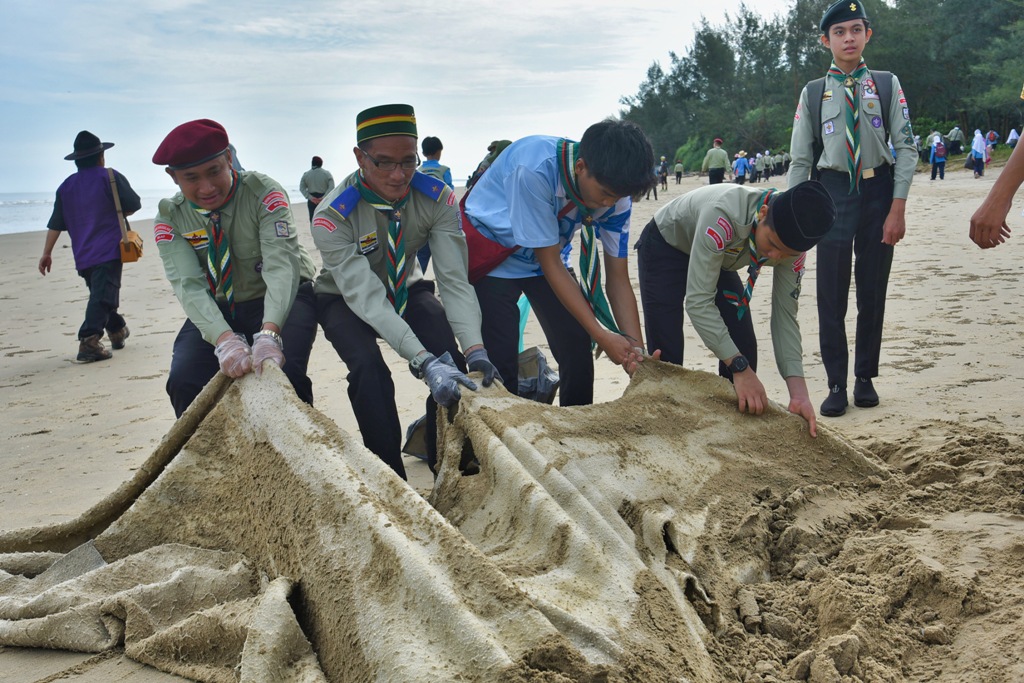People are fascinated with finding things that have sunk in water. The wreck of the R.M.
S. Titanic in the North Atlantic has been a draw since it sank in 1912, but especially since it was found in 1985. In 2023, billionaires died in an experimental craft trying to see it for themselves.

This summer, detailed digital scans of the remains of the “unsinkable” ship were taken in its resting place 12,500 feet below the surface. Just last week, divers explored the long-lost husk of H.M.
S. Hawk off the coast of Scotland, where it was sunk by a German U-boat in 1913. We look at these relics as frozen history.
They might not be preserved in amber, but uncovering these things is a kind of archaeological exploration. They are left in place, the graveyards of the people who died on the ships, ideally reviewed with respect. With a river, there isn’t that clear, otherworldly view that gives a memorial, historical effect.
The metal in a river piles up like, well, trash. When we look at the shimmering surface of the rivers that snake across Pennsylvania, we can focus on the water’s beauty. But a cleanup effort by Living Lands & Waters, an Illinois nonprofit, pulled more than 100,000 pounds of metal out of the Allegheny River in just two days.
There were cars. At least 10 were pulled out with a giant claw. There were car parts.
There was random metal that was hard to identify. Some of it was down there for decades. But this wasn’t left down there to serve as a marker.
“In all the years I’ve been doing river cleanup around here, Pittsburgh’s really now going through a cultural change around the value of the rivers,” said Three Rivers Waterkeeper’s Capt. Evan Clark. When people talk about cleaning up the water, it often focuses on things like liquid pollution.
There has been an effort for years to decrease the runoff from agriculture and industry. Pennsylvania historically has struggled with things like acid mine drainage. In recent years, real strides have been made in those areas, like mussels returning to the Kiski River.
But the physical cleanup effort spotlights something more tangible. Like the Titanic, it’s a wreck and a relic of the past. It is, however, one that can be corrected.
The cars and fenders and mattresses can be pulled out. More importantly, they can be prevented from ending up in the rivers in the future, stopping metal from rusting and gasoline from seeping out into the Allegheny, a river that provides drinking water to more than a million people and is home to more than 150 species of animal life..



















